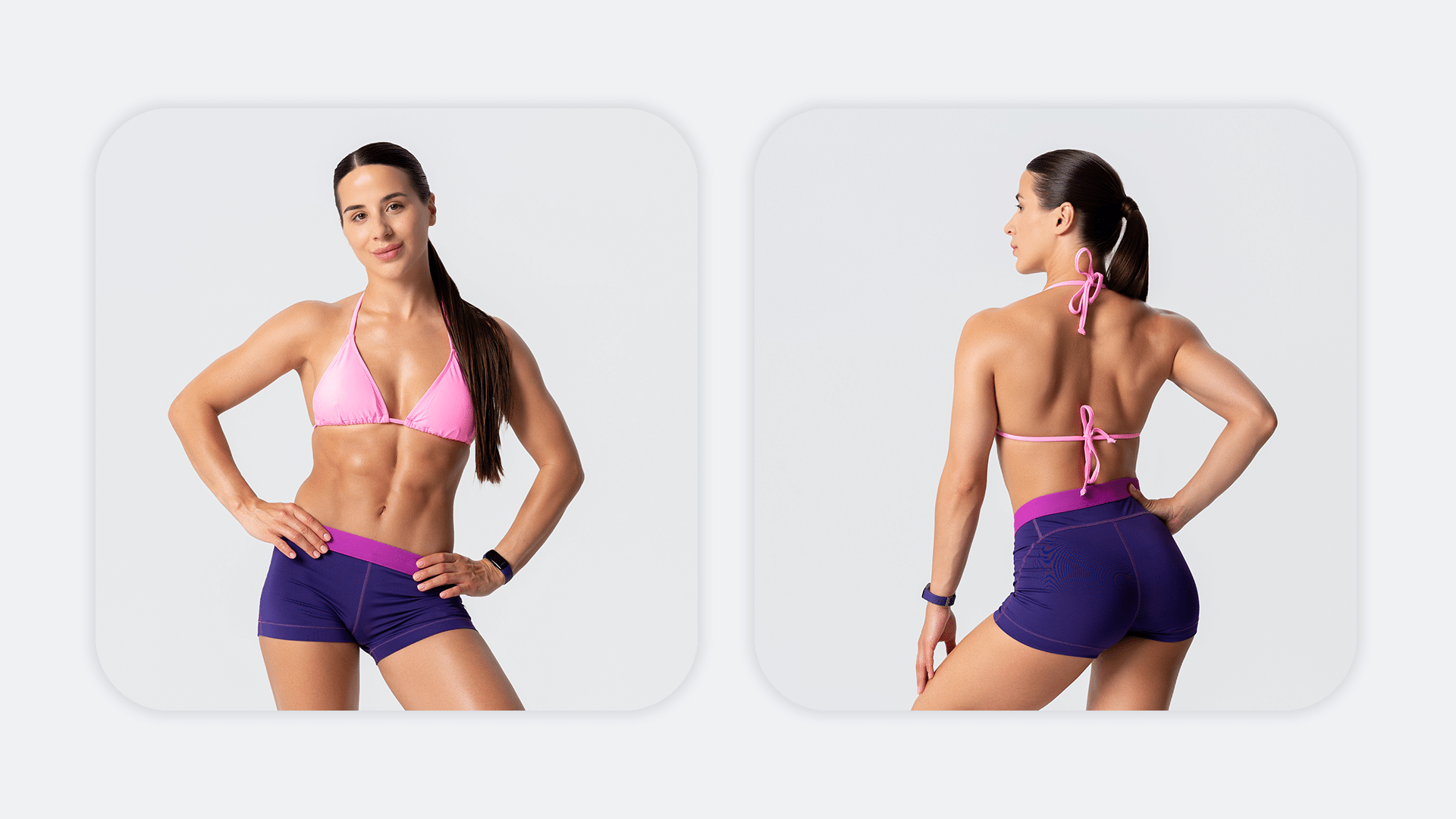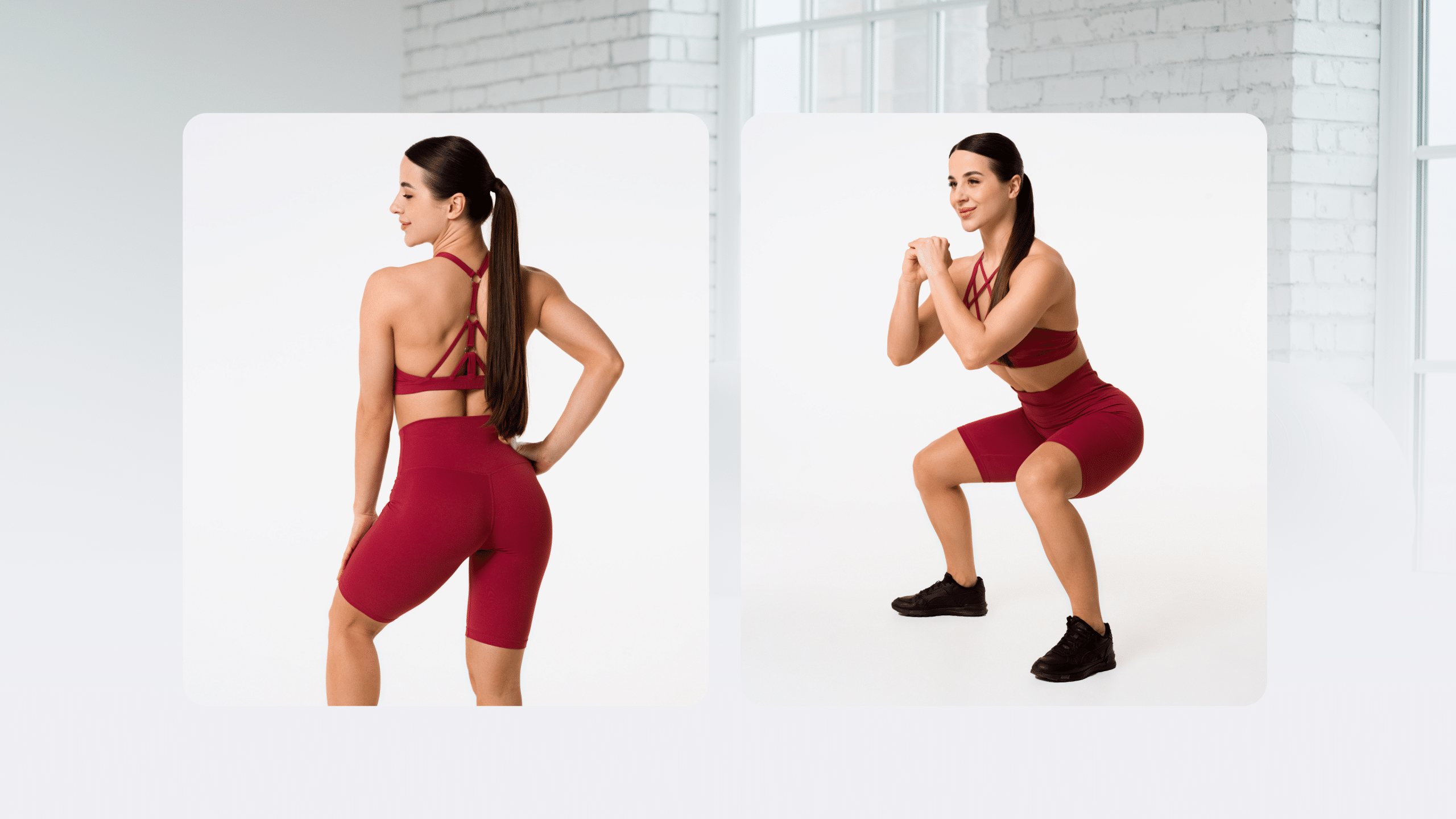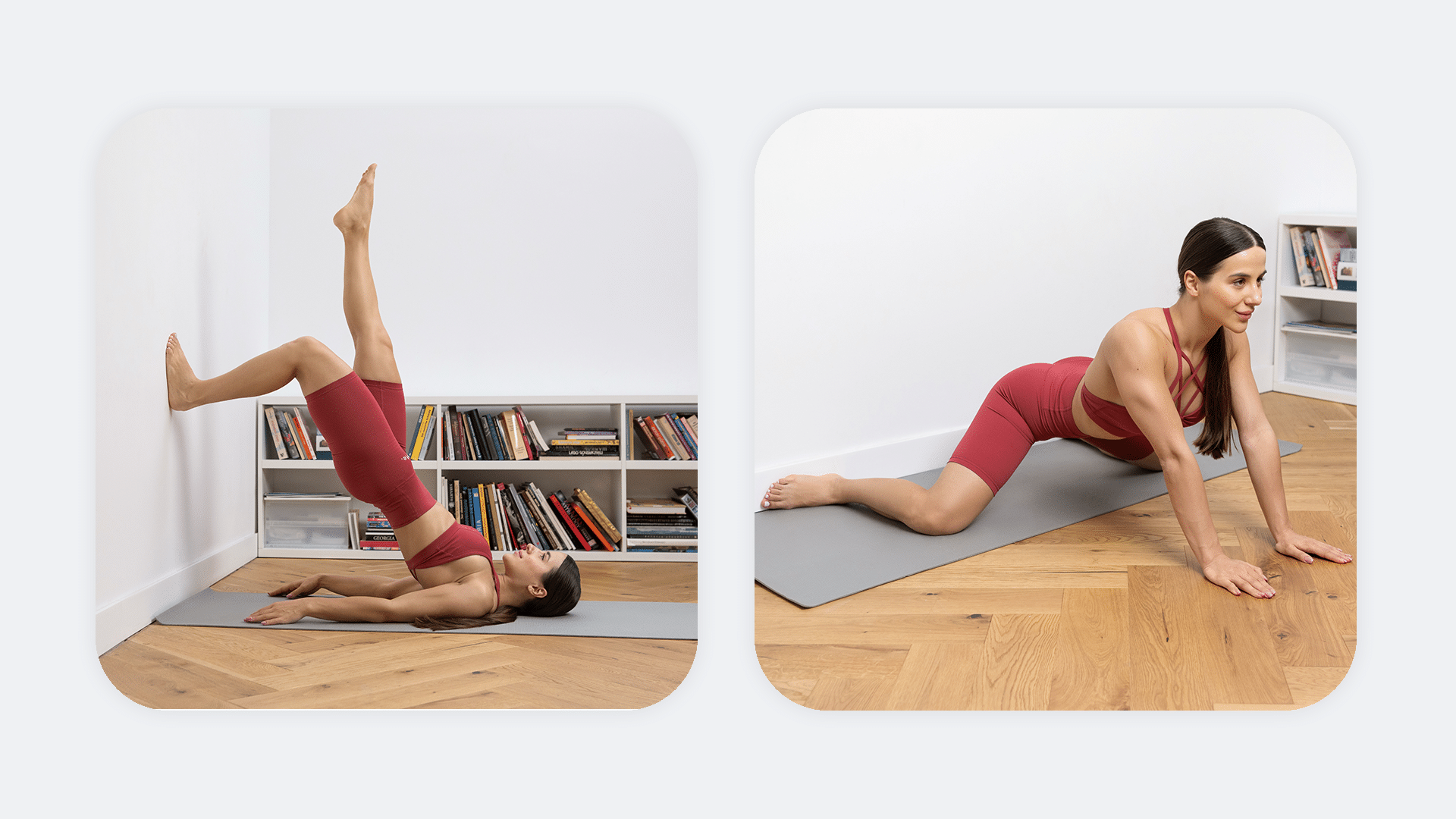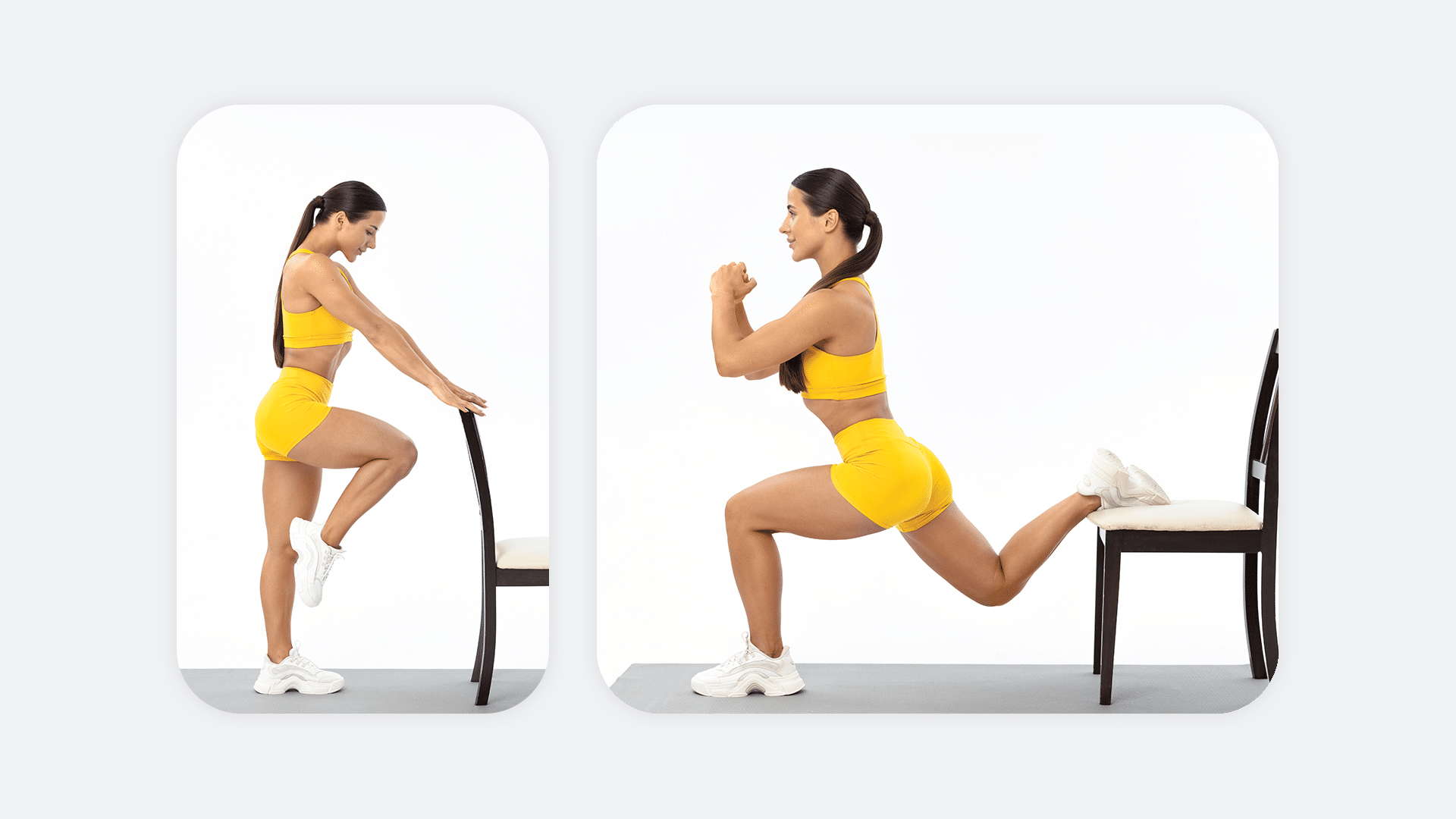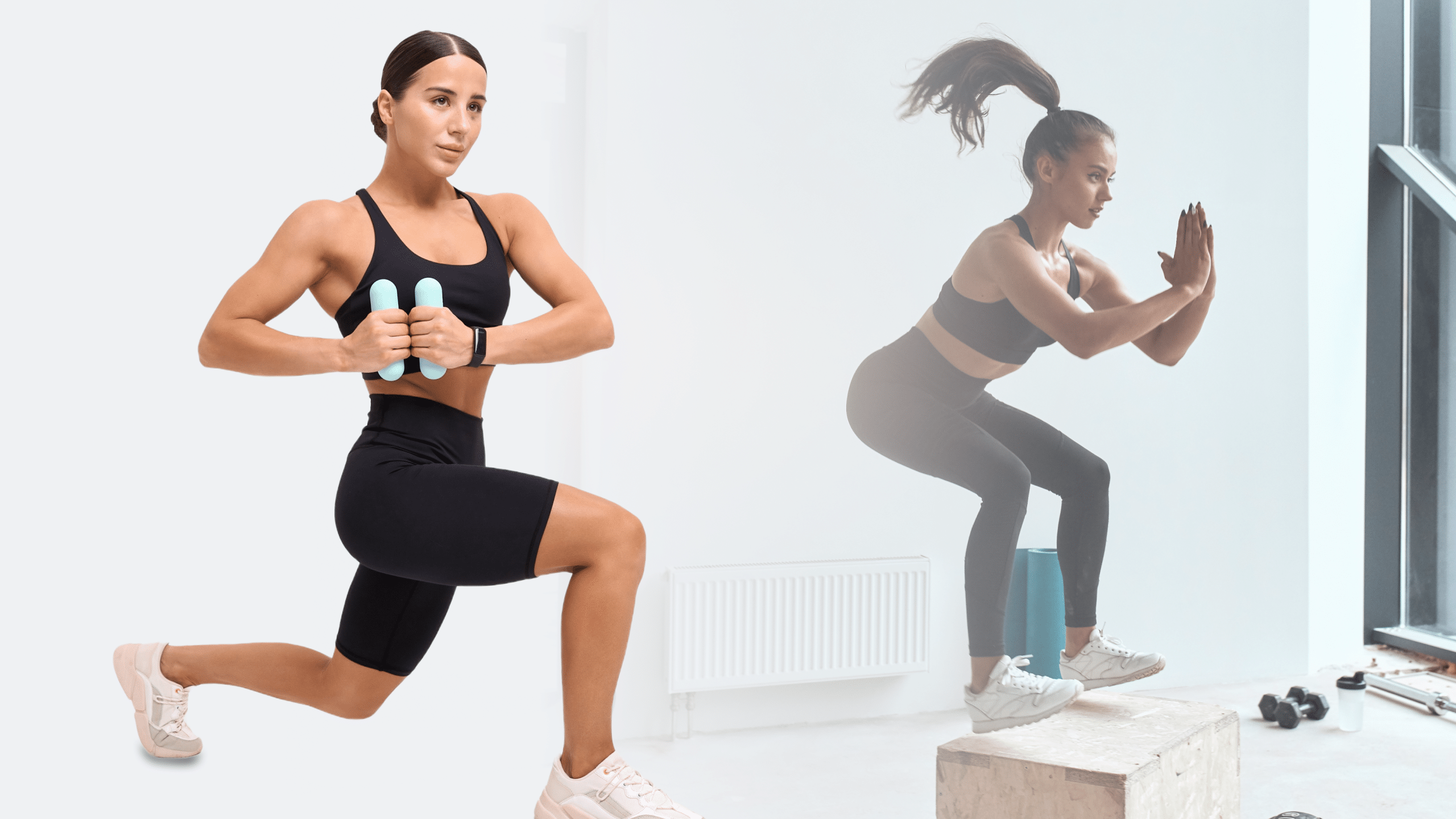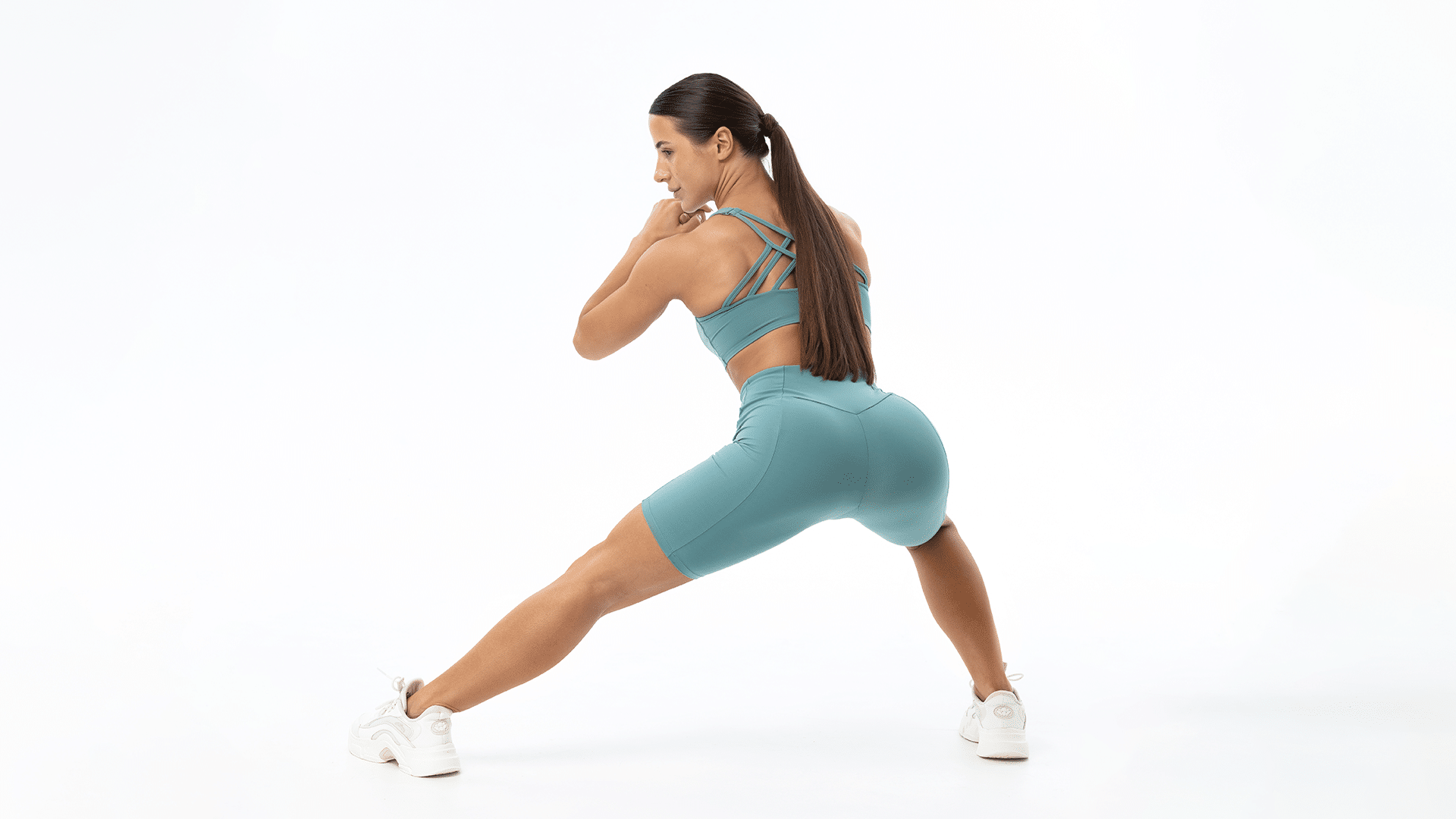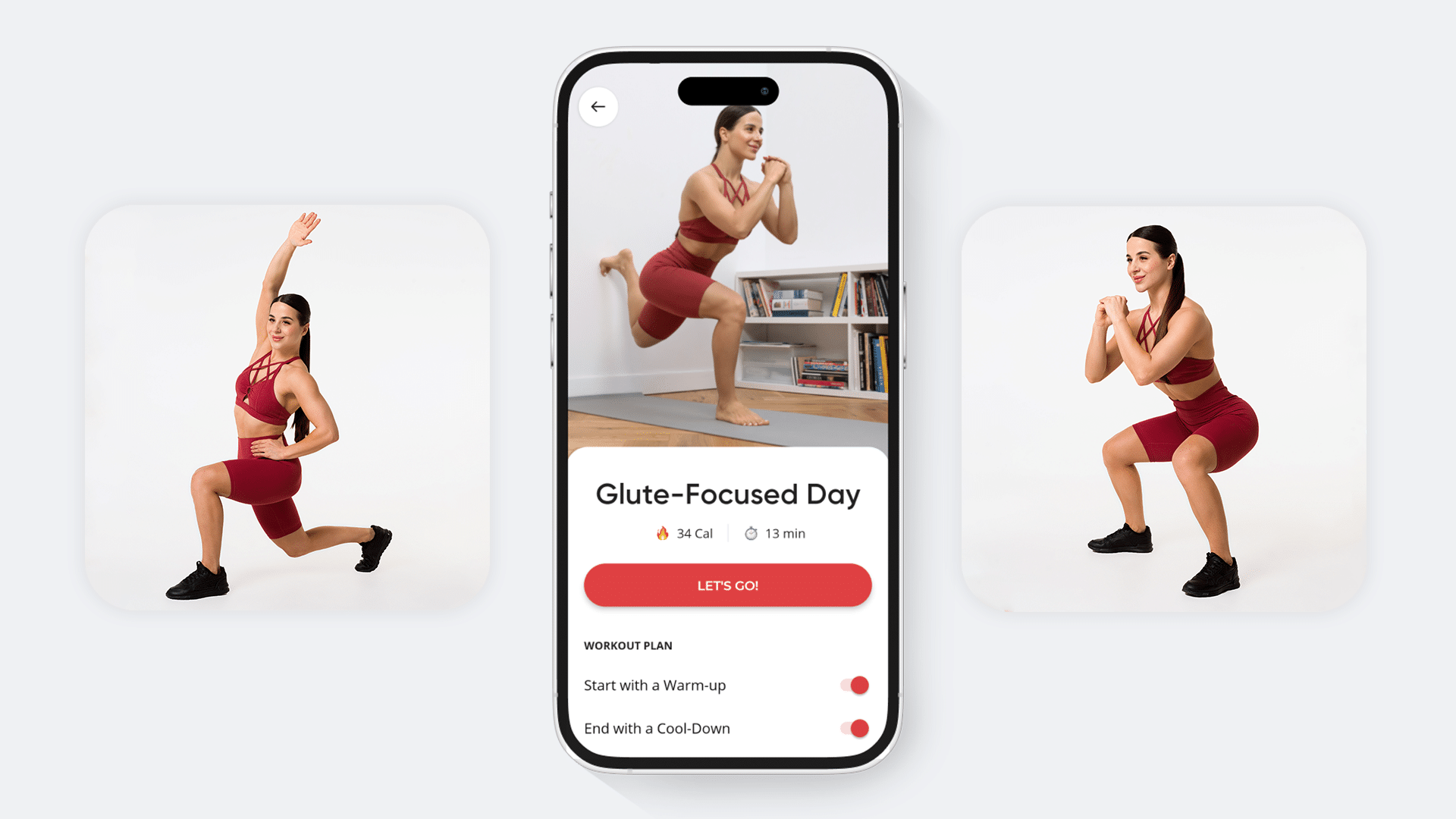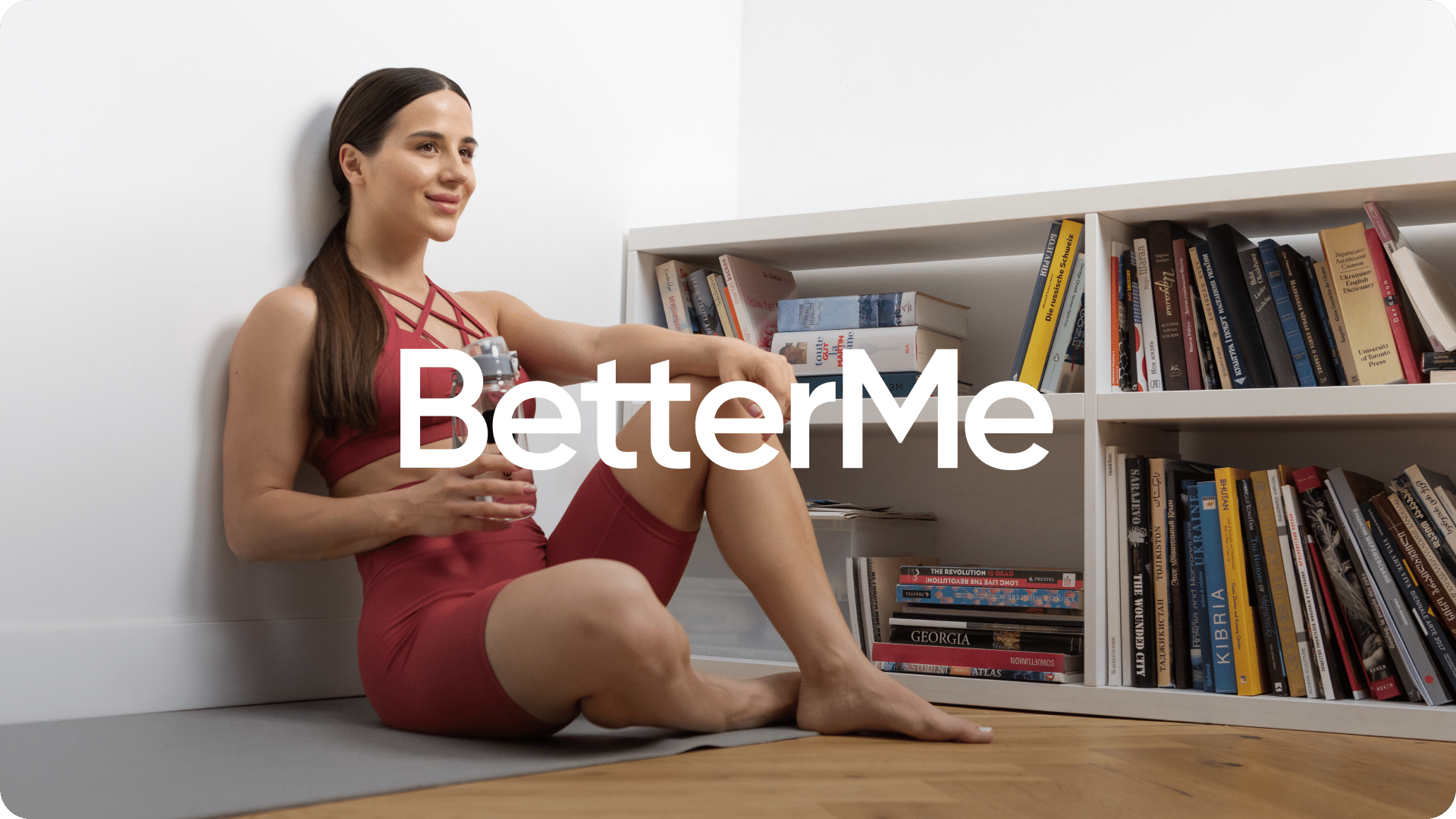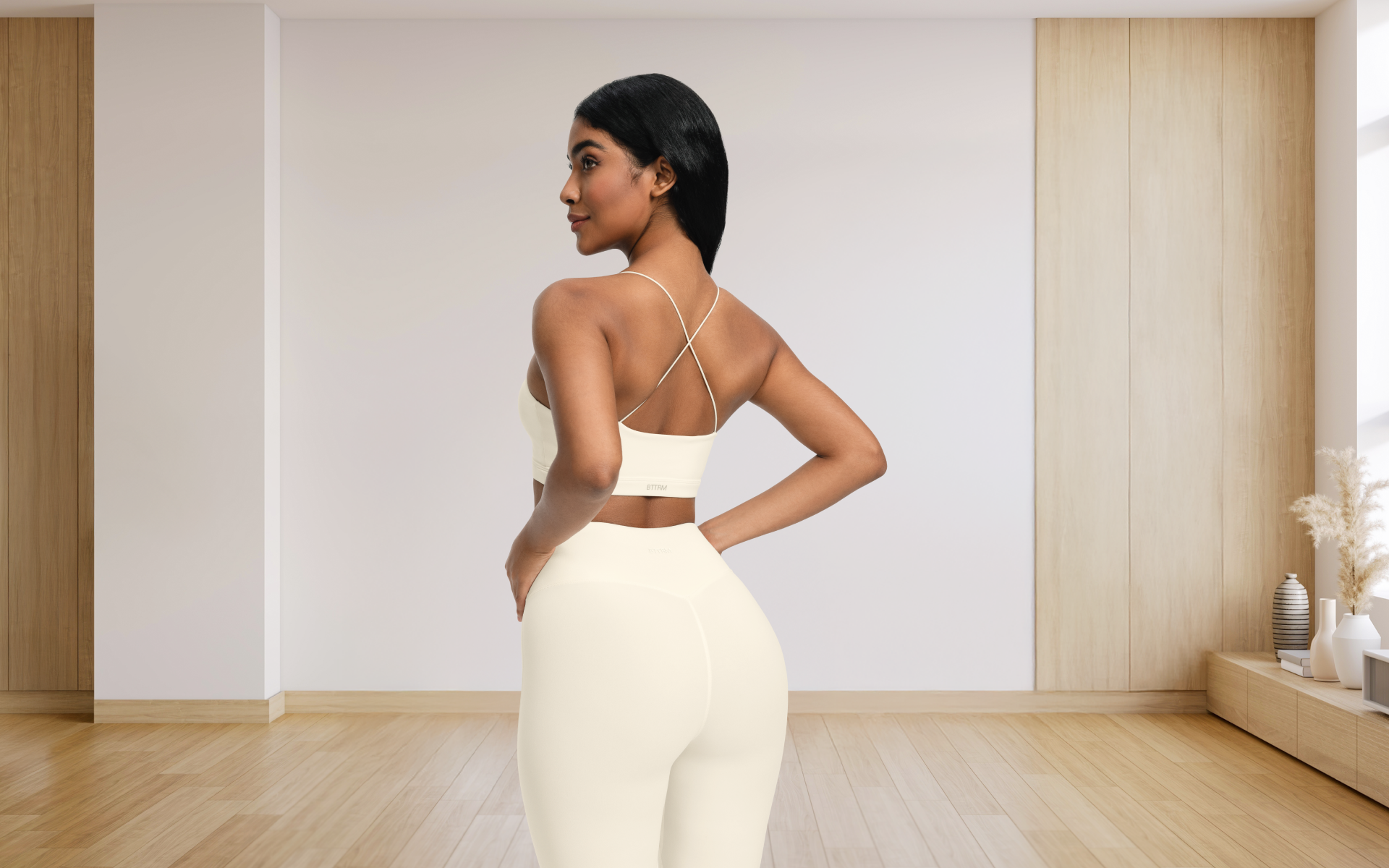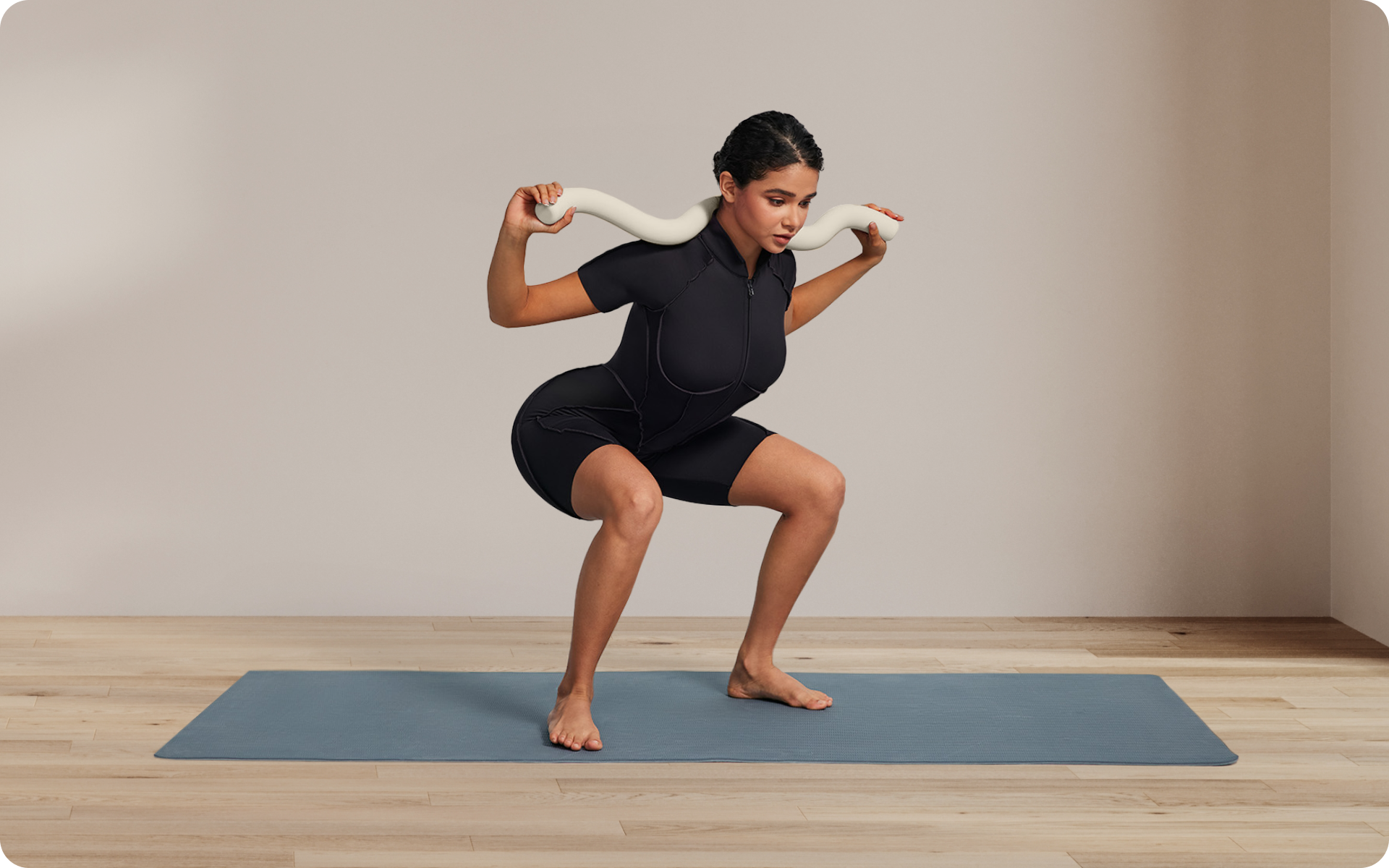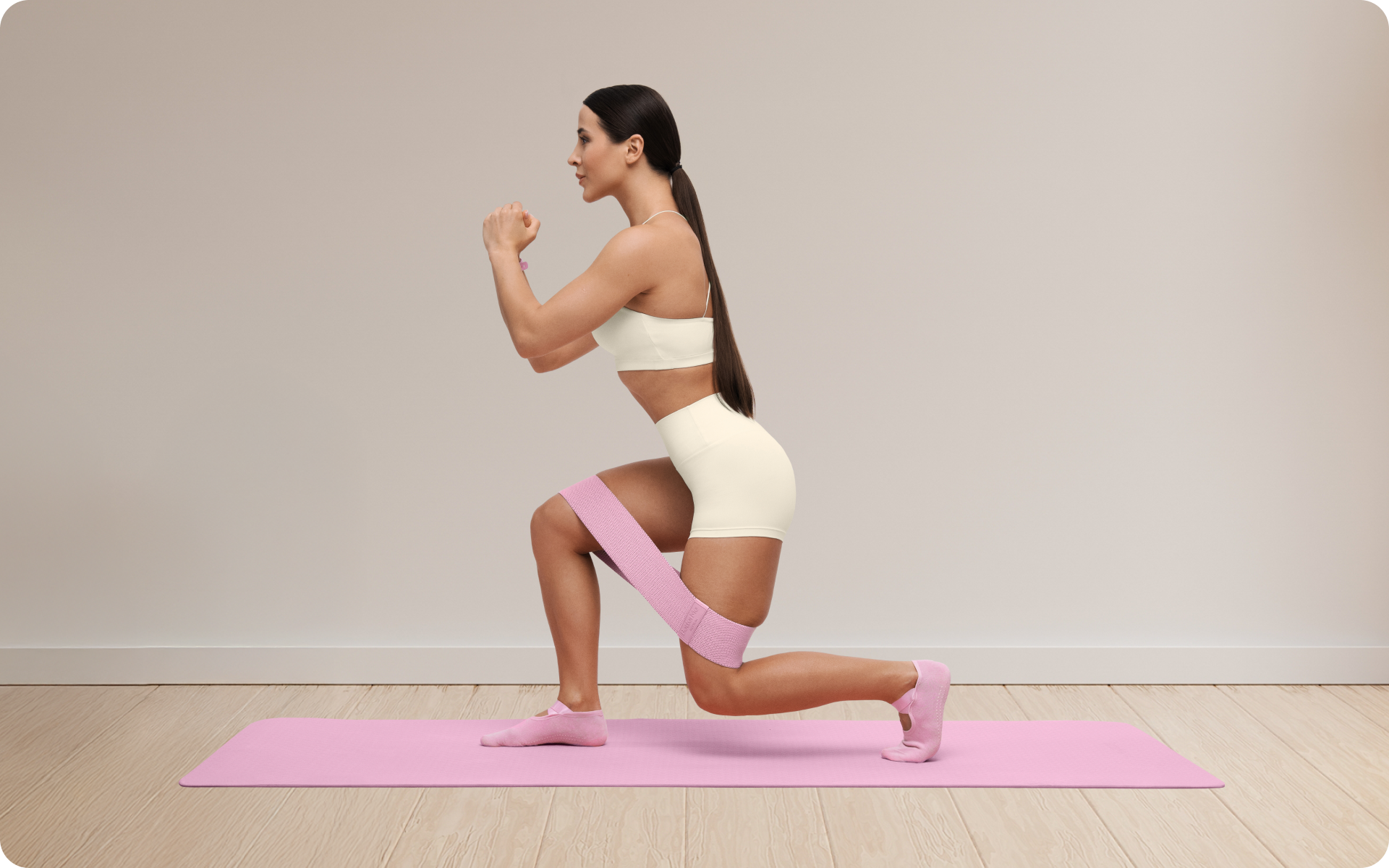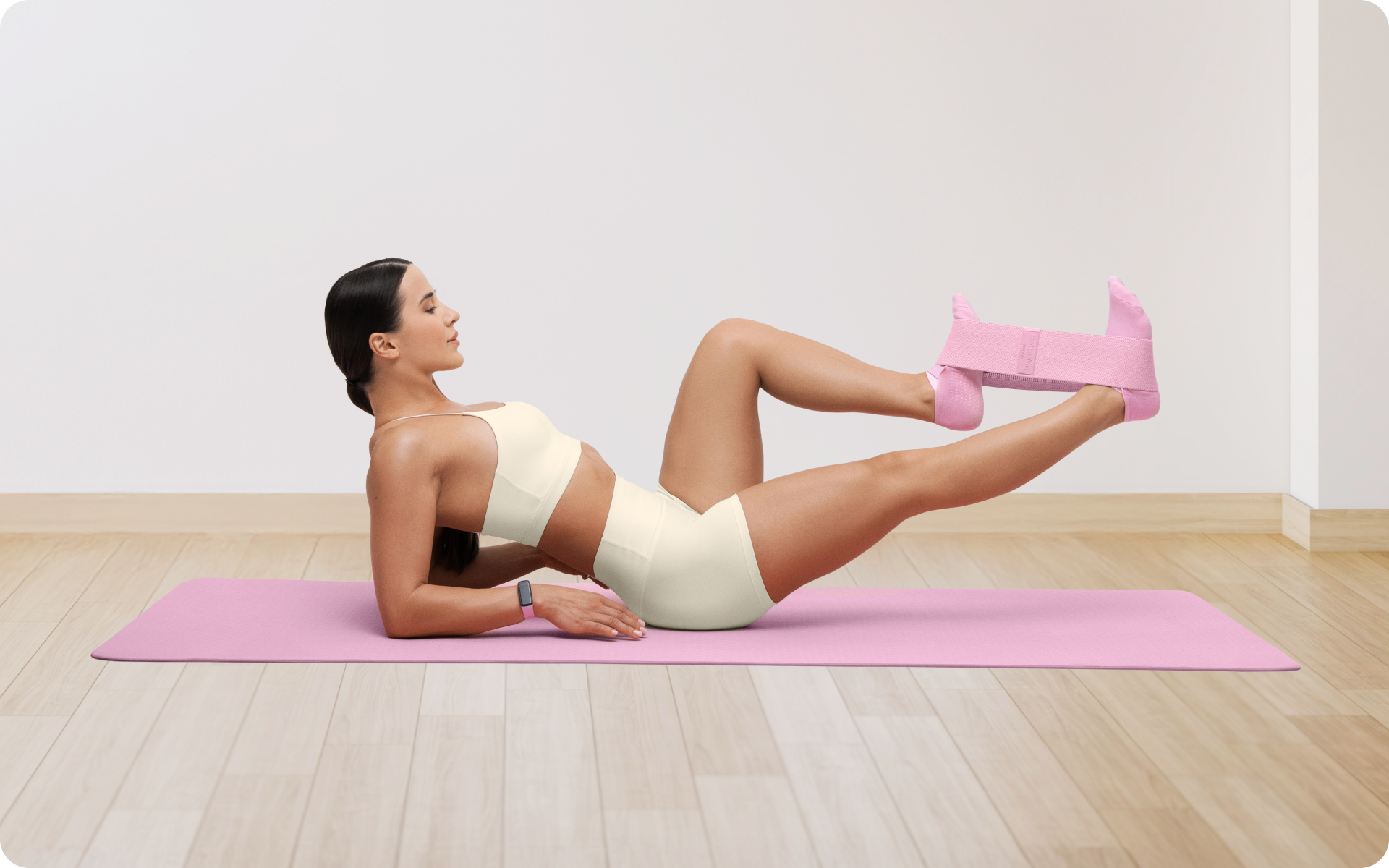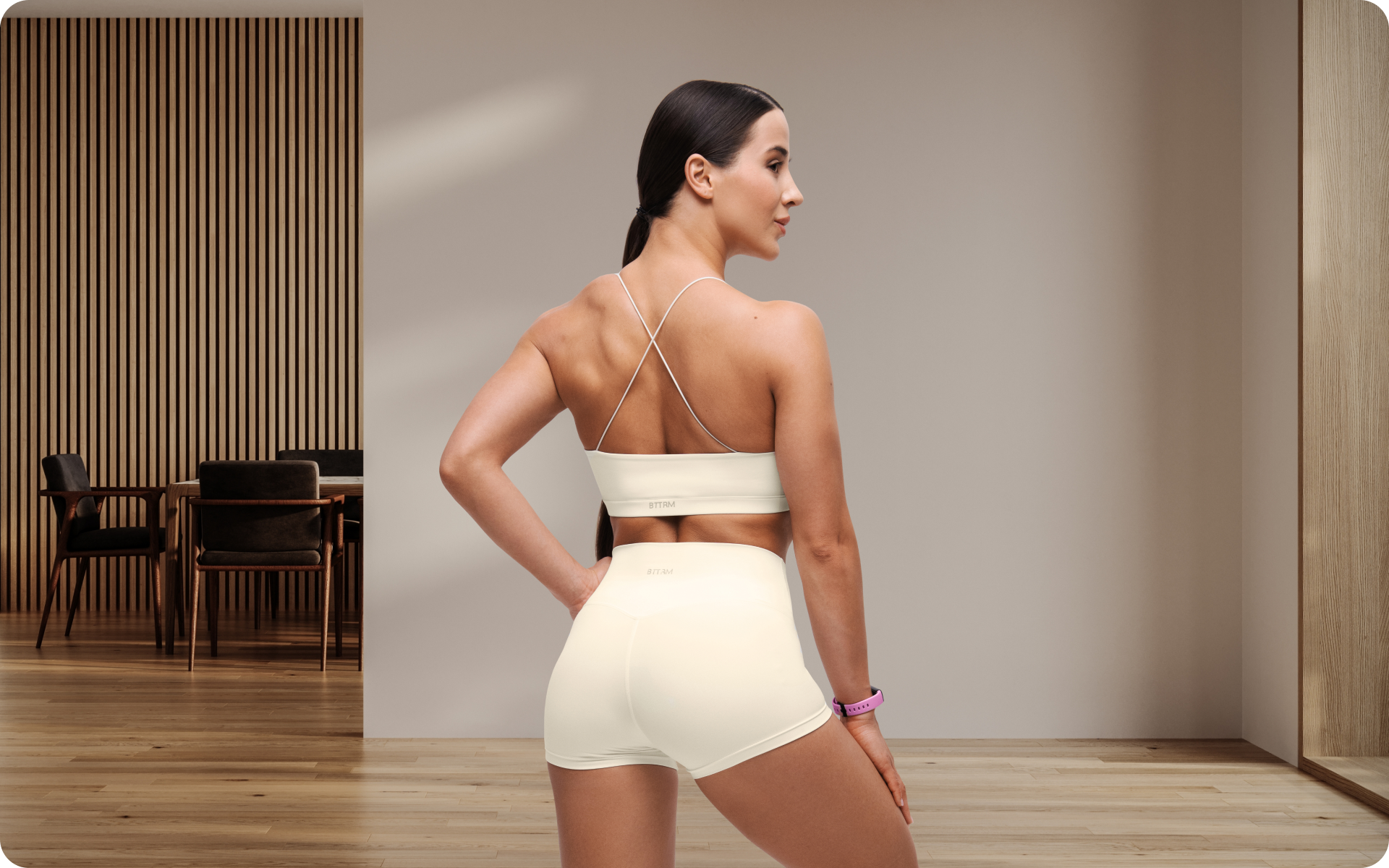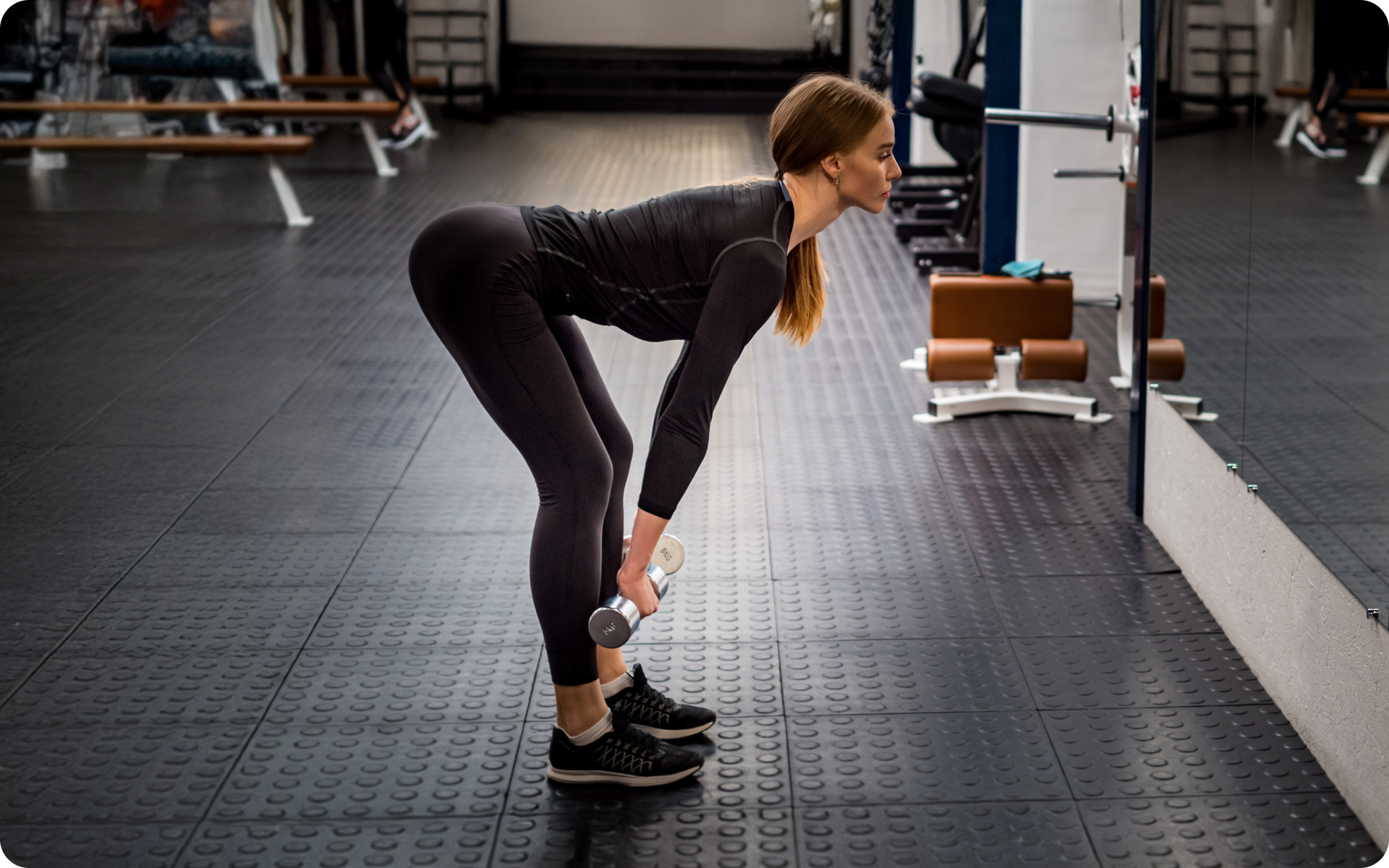Achieving perfection in life may be hard, but if there’s something that can be perfect, it’s the shape of your bum! As a common goal among today’s fitness enthusiasts, toning your glutes has become an irreplaceable part of every workout routine. While the upper glutes often receive a lot of attention, the lower part of the glutes, commonly referred to as the “underbutt”, is equally important for a well-rounded and lifted appearance. Underbutt workouts are designed specifically to target this often-neglected area, helping to lift and firm the lower buttocks for a peachy, defined look.
In this article, we will explore various effective exercises to work the bottom of the glutes, provide tips on how to achieve a peachy bottom, and discuss methods to make this section bigger. By the end, you’ll have a comprehensive understanding of how to enhance the appeal and definition of your underbutt.
What Is the Underbutt?
The “underbutt” refers to the lower portion of the glutes where the buttocks meet the upper thigh. This area is often a focal point for those who are looking to achieve a well-defined and lifted backside. It’s the part that can make the difference between a flat and a perky rear end.
Many people find that while they may have strong upper glutes, their lower glutes remain underdeveloped, which leads to an uneven appearance. The underbutt is essential for a balanced and aesthetically pleasing look, and targeting this area requires specific exercises that isolate and engage the lower glute muscles.
To effectively work the underbutt, it’s important to understand the anatomy of the gluteal muscles. These muscles include the following (2):
- Gluteus maximus
- Gluteus medius
- Gluteus minimus
The gluteus maximus is the largest muscle and is primarily responsible for the shape of your buttocks. Focusing on the lower part of this muscle is essential for underbutt workouts. Exercises that involve hip extension, abduction, and external rotation are particularly effective in targeting the lower glutes (11).
Incorporating underbutt workouts into your routine improves the appearance of your backside and improves overall lower body strength and stability. Strengthening this area can help with activities that require powerful hip movements, such as running, jumping, and squatting. Moreover, well-developed lower glutes contribute to better posture and reduced risk of lower back pain (24).
How to Work the Bottom of the Glutes
Working the bottom of the glutes requires a combination of targeted exercises that engage the lower part of the gluteus maximus. Here are some of the most effective exercises to include in your underbutt workout routine (12):
Glute Bridges
Glute bridges are a fundamental exercise that targets the lower glutes. They engage the gluteus maximus and help lift the lower buttocks. To perform a glute bridge (10):
- Lie on your back with your knees bent and your feet flat on the floor, hip-width apart.
- Place your arms at your sides, palms facing down.
- Lift your hips toward the ceiling, squeezing your glutes at the top of the movement.
- Hold for a few seconds before lowering your hips back to the starting position.
- Repeat for 3 sets of 15-20 repetitions.
Hip Thrusts
Hip thrusts are a more advanced form of glute bridges. They provide a greater range of motion and resistance, making them highly effective for lower glute activation (3). Here’s how to nail the hip thrust:
- Sit on the ground with your upper back resting against a bench or sturdy surface.
- Place a barbell or weight across your hips. This can even be any common household item as the idea is to increase the resistance in this area.
- Bend your knees and keep your feet flat on the floor, shoulder-width apart.
- Thrust your hips upward, squeezing your glutes at the top.
- Lower your hips back down and repeat for 3 sets of 12-15 repetitions.
Bulgarian Split Squats
This exercise targets the lower glutes, hamstrings, and quadriceps, and helps develop single-leg strength and stability (18).
- Stand a few feet in front of a bench with one foot resting on the bench behind you.
- Lower your body into a lunge position, keeping your front knee over your toes and your back knee bending towards the floor.
- Push through your front heel to return to the starting position.
- Perform 3 sets of 10-12 repetitions on each leg.
Step-Ups
This exercise is excellent for isolating the lower glutes and building muscle endurance (11).
- Stand in front of a bench or sturdy elevated surface.
- Place one foot on the bench and push through your heel to lift your body up.
- Bring your other foot up to meet the elevated foot, then step back down.
- Repeat for 3 sets of 15 repetitions on each leg.
Glute Kickbacks
This is an excellent isolation exercise that targets the lower glutes. It helps build muscle and improve the appearance of the underbutt (9).
- Start on all fours on a mat. Place your hands directly under your shoulders and your knees under your hips.
- Keeping your right knee bent at a 90-degree angle, lift your right leg toward the ceiling until your thigh is parallel to the floor. Your foot should remain flexed, and your sole should face the ceiling.
- Squeeze your glutes at the top of the movement, ensuring your lower back doesn’t arch excessively.
- Lower your right leg back to the starting position without letting your knee touch the floor. Maintain control and engage your glutes throughout the movement.
- Repeat the movement for 3 sets of 15 repetitions on each leg.
Reverse Lunges
Reverse lunges help improve balance and strength in the lower body. Here’s how to nail this exercise for your underbutt (15):
- Stand with your feet hip-width apart.
- Step backward with one leg, lowering your hips until both knees are bent at a 90-degree angle.
- Push through the heel of your front foot to return to the starting position.
- Perform 3 sets of 12 repetitions on each leg.
Single-Leg Romanian Deadlifts
This exercise targets the lower glutes and hamstrings while also improving balance and stability (22).
- Stand on one leg with a slight bend in the knee, holding a dumbbell in the opposite hand.
- Hinge at the hips, lowering the dumbbell toward the floor while keeping your back straight.
- Return to the starting position by engaging your glutes and hamstrings.
- Perform 3 sets of 12 repetitions on each leg.
Incorporating these exercises into your workout routine will help target and strengthen the lower glutes, giving you a well-rounded and defined backside. Consistency and proper form are key to achieving the best results.
To learn more about the home Pilates workout, check out our in-depth article on the topic.
How to Get a Peachy Bottom
Achieving a peachy bottom involves a combination of strength training, cardiovascular exercises, and proper nutrition. Below are some tips to help you get that desired peachy bottom:
Strength Training
Focusing on strength training exercises that target the glutes forms an important part of acquiring that perky butt. Compound movements such as squats, deadlifts, and lunges should be the foundation of your routine. These exercises engage multiple muscle groups, including the glutes, hamstrings, and quads, helping build overall lower-body strength and muscle mass (1).
- Squats: A fundamental exercise for building glute strength and size, squats work the entire lower body and can be performed using just your body weight or by utilizing dumbbells, kettlebells, or a barbell. To maximize glute activation, go as low as your mobility allows while maintaining good form (6).
- Deadlifts: Deadlifts are excellent for targeting the posterior chain, including the glutes. They help build strength and size in the lower body. Focus on keeping your back in a neutral position and hinging at the hips to engage the glutes effectively (23).
- Lunges: Lunges work the glutes, quads, and hamstrings. They can be performed with body weight or added resistance. Variations such as walking lunges, reverse lunges, and side lunges can help target different parts of the glutes (8).
Isolation Exercises
Underbutt isolation exercises that specifically target the glutes, such as glute bridges and hip thrusts, should also be included in your workout. These exercises help to activate and strengthen the glute muscles, leading to a more defined and lifted appearance.
- Glute Bridges and Hip Thrusts: These exercises are highly effective for targeting the glutes, particularly the lower portion. They can be performed with body weight or added resistance such as dumbbells, barbells, or resistance bands (14).
Cardiovascular Exercise
Cardio exercises such as running, cycling, and stair climbing are proven to help burn fat and improve overall fitness (21). High-intensity interval training (HIIT) is particularly effective for fat loss and can be incorporated into your routine to help reveal the muscle definition in your glutes.
- Running: Running, especially on an incline, engages the glutes and helps burn calories (20). Hill sprints or treadmill incline runs are excellent variations of this exercise.
- Cycling: Whether on a stationary bike or outdoors, cycling helps build endurance and strength in the lower body, including the glutes (13).
- Stair Climbing: This everyday activity is a great way to target the glutes and thighs. Incorporating stair workouts into your routine can help build strength and define your lower body (4).
Proper Nutrition
Nutrition is undoubtedly a pivotal component of health and fitness. A balanced diet plays a crucial role in building muscle and losing fat. Consuming enough protein will support muscle growth and repair, eating healthy fats and complex carbohydrates provides energy for your workouts, and staying hydrated supports your fitness goals (17).
- Include sources such as lean meats, fish, eggs, dairy, legumes, and additional supplements to add protein to your diet.
- Sources of healthy fats include avocados, nuts, seeds, and olive oil.
- Complex carbohydrate sources include whole grains, fruits, vegetables, and legumes.
A balanced intake of macronutrients will ensure your body has the fuel it needs for both workouts and recovery.
Read more: Best Bulking Foods: Here’s What To Eat To Build Muscle
Consistency and Progression
The final step for achieving that perfect underbutt is consistency and adherence. Stick to your workout routine and progressively increase the intensity and resistance of your exercises. Some tips for tackling the issue of consistency include:
- Creating a regular workout schedule that includes both strength training and cardio. Try to do at least three strength training sessions per week, focusing on the lower body.
- Gradually increase the weight, resistance, or difficulty of your exercises. This can be done by adding more weight, increasing the number of sets or reps, or decreasing rest periods between sets.
- Give your muscles adequate time to recover and grow. Make sure you get enough sleep, stay hydrated, and include rest days into your routine too.
By following these tips and staying committed to your fitness routine, you can achieve a round, firm, and peachy bottom.
If you’re curious about the best glute workout, check out our earlier article.
How Can I Make My Bottom Glutes Bigger?
Building bigger bottom glutes requires a focused approach to strength training and muscle growth. Here are some strategies to help you achieve your goal:
Progressive Overload
The concept of progressive overload is crucial for building that toned underbutt. The theory states that the best way to gain muscle is to progressively increase the resistance and intensity of your exercises (16). This can be achieved in three main ways:
- Increase Weight: Gradually add more weight to your exercises. For example, if you’re performing squats or deadlifts, increase the weight by small increments each time you’ve completed the previous workout’s desired sets and reps with proper form.
- Increase Volume: Increase the number of sets and reps. For example, if you’re doing 3 sets of 10 reps, try increasing to 4 sets of 12 reps over time.
- Reduce Rest Periods: Shorten the rest periods between sets to increase the intensity of your workouts. Short bouts of high-intensity exercise followed by short rest periods is called high-intensity interval training (HIIT) and has been shown to have excellent cardiovascular and musculoskeletal benefits.
Dive deeper into the chair yoga for glutes with our dedicated article.
Include Compound Movements and Isolation Exercises
As previously mentioned, compound exercises such as squats, deadlifts, and lunges are highly effective for building muscle in the glutes. These movements engage multiple muscle groups and allow you to lift heavier weights gradually, thereby promoting muscle growth.
In addition to compound movements, include isolation exercises such as glute bridges, hip thrusts, and cable kickbacks in your underbutt workout. These exercises specifically target the glutes and can help enhance muscle activation and growth. Isolation exercises should typically be performed after you’ve completed your compound exercises.
Read more: Resistance Band Exercise For Legs And Glutes: Best Band Workouts For Your Glutes And Leg Muscles
Add High-Volume Training
Another way of going about your underbutt workout is to incorporate high-volume training by performing more sets and repetitions. This increased volume can stimulate muscle hypertrophy, leading to bigger and stronger glutes (19). Some ways to include this in your workouts would look like the following:
- Pyramid Sets: Use pyramid sets where you start with higher reps and lighter weights, and gradually increase the weight while reducing the reps.
- Supersets: Combine exercises back-to-back with minimal rest to increase the intensity and volume of your workout.
- Drop Sets: Perform an exercise at a weight that’s challenging for you. When you reach muscle fatigue (one to two reps short of failure), immediately reduce the weight by 10-20% and perform more repetitions at that weight until you reach muscle fatigue with that resistance. Repeat the “drop” as many times as desired.
Intense sweat sessions, working weight loss tips, lip-smacking recipes come in one package with the BetterMe: Health Coaching app—all at your fingertips, start transforming your life now!
Focus on Nutrition and Recovery
It’s important to ensure that you consume enough calories and protein to support muscle growth. Getting enough rest and recovery are also crucial, as muscles grow and repair during periods of rest (25). Try and follow the checklist below:
- Sleep Cycle: Aim for 7-9 hours of sleep per night and include rest days in your training schedule.
- Caloric Surplus: If you want to grow your muscles, make sure you’re operating on a slight caloric surplus to provide your body with the necessary energy. Focus on nutrient-dense foods rather than empty calories (7).
- Protein Intake: Aim for a protein intake of approximately 1.6 to 2.2 grams per kilogram of body weight (5). Include a variety of protein sources to ensure you get all essential amino acids.
- Hydration: Drink plenty of water throughout the day to support overall health and optimize muscle function.
By following these strategies, you can effectively target your bottom glutes and achieve a fuller, more muscular appearance.
Whether you’re looking to simply pep up your fitness routine, jazz up your diet with mouth-watering low-calorie recipes or want to get your act together and significantly drop that number on your scale – BetterMe: Health Coaching app has got you covered! Improve your body and revamp your life!
FAQs
How can I lift my saggy bum?
Lifting a saggy bum involves strengthening and toning the glute muscles. Start off by adding exercises such as glute bridges, hip thrusts, and squats to your routine. Include cardio exercises such as running or stair climbing to burn excess fat and reveal the muscle definition in the underbutt. Consistency in performing these exercises with proper form will help lift and firm the glutes over time. In addition, maintaining a healthy diet will also help reduce excess fat and firm the butt.
How can I get an underbutt crease?
The underbutt crease, where the lower glutes meet the upper thigh, can be achieved through targeted glute exercises. Focus on exercises that engage the lower glutes, such as hip thrusts, Bulgarian split squats, and cable or glute kickbacks. Consistent strength training and proper nutrition will help build muscle in this area, creating the desired crease.
How can I get rid of a V-shaped bum?
A V-shaped bum can be addressed by building muscle in the lower glutes and outer hips. Add exercises such as side lunges, hip abductions, and glute bridges to your workout to create the desired effect. These exercises target the gluteus medius and minimus, helping create a more rounded and balanced shape.
Why are my glutes so low?
Low glutes can be a result of either or both of these two possible causes:
- Underdeveloped lower glute muscles
- Excess fat in the area
Focusing on strength training exercises that target the lower glutes can help lift and define the area. In addition, maintaining a healthy diet and incorporating cardio can help reduce excess fat and reveal the muscle definition in your glutes.
The Bottom Line
Achieving well-defined, lifted lower glutes requires you to follow the golden combination of targeted strength training, proper nutrition, and consistency. Exercises such as glute bridges, hip thrusts, Bulgarian split squats, and glute kickbacks can do wonders for your routine. They effectively target the lower glutes and enhance the appearance of your underbutt.
In addition, adhering to a balanced diet and staying consistent with your workouts will support muscle growth and fat loss, helping you achieve the peachy bottom you’re looking for!
DISCLAIMER:
This article is intended for general informational purposes only and does not serve to address individual circumstances. It is not a substitute for professional advice or help and should not be relied on for making any kind of decision-making. Any action taken as a direct or indirect result of the information in this article is entirely at your own risk and is your sole responsibility.
BetterMe, its content staff, and its medical advisors accept no responsibility for inaccuracies, errors, misstatements, inconsistencies, or omissions and specifically disclaim any liability, loss or risk, personal, professional or otherwise, which may be incurred as a consequence, directly or indirectly, of the use and/or application of any content.
You should always seek the advice of your physician or other qualified health provider with any questions you may have regarding a medical condition or your specific situation. Never disregard professional medical advice or delay seeking it because of BetterMe content. If you suspect or think you may have a medical emergency, call your doctor.
SOURCES:
- A Study of Effect of the Compound Physical Activity Therapy on Muscular Strength in Obese Women (2013, ncbi.nlm.nih.gov)
- Anatomy, Bony Pelvis, and Lower Limb, Gluteus Maximus Muscle (2023, ncbi.nlm.nih.gov)
- Barbell Hip Thrust (2011, journals.lww.com)
- Benefits of Stair Climbing (n.d.; chp.gov.hk)
- Dietary Guidelines for Americans, 2020–2025 (2020, ncbi.nlm.nih.gov)
- Effects of Body Mass-Based Squat Training in Adolescent Boys (2013, ncbi.nlm.nih.gov)
- Effect of Small and Large Energy Surpluses on Strength, Muscle, and Skinfold Thickness in Resistance-Trained Individuals (2023, sportsmedicine-open.springeropen.com)
- Electromyographic activity in the gluteus medius, gluteus maximus, biceps femoris, vastus lateralis, vastus medialis and rectus femoris during the Monopodal Squat, Forward Lunge and Lateral Step-Up exercises (2020, ncbi.nlm.nih.gov)
- Examination Of Gluteus Maximus Electromyographic Excitation (2019, ncbi.nlm.nih.gov)
- Glute Bridge Exercise (n.d.; acefitness.org)
- Gluteus Maximus Activation during Common Strength and Hypertrophy Exercises (2020, researchgate.net)
- Gluteal Muscle Activation During Common Therapeutic Exercises (2009, jospt.org)
- Health benefits of cycling: a systematic review (2011, pubmed.ncbi.nlm.nih.gov)
- How Glute Bridges and Hip Thrusts Differ (2023, wikihow.com)
- How to Do a Reverse Lunge (2024, wikihow.com)
- Improving muscle size with Weider’s principle of progressive overload in non-performance athletes (2021, researchgate.net)
- Integrated Role of Nutrition and Physical Activity for Lifelong Health (2019, ncbi.nlm.nih.gov)
- Muscle Activation and Strength in Squat and Bulgarian Squat on Stable and Unstable Surface (2014, thieme-connect.de)
- Maximizing Muscle Hypertrophy (2019, ncbi.nlm.nih.gov)
- Research Shows Incline Walking Could Be Just as Beneficial as Running (2021, texashealth.org)
- Role of Physical Activity for Weight Loss and Weight Maintenance (2017, ncbi.nlm.nih.gov)
- Single Leg Romanian Deadlift And Variations (2015, openurl.ebsco.com)
- The Benefits of Deadlifts, According to Experts (2023, nike.com)
- The effects of gluteus muscle strengthening exercise and lumbar stabilization exercise on lumbar muscle strength and balance in chronic low back pain patients (2025, ncbi.nlm.nih.gov)
- The Sleep and Recovery Practices of Athletes (2021, ncbi.nlm.nih.gov)
